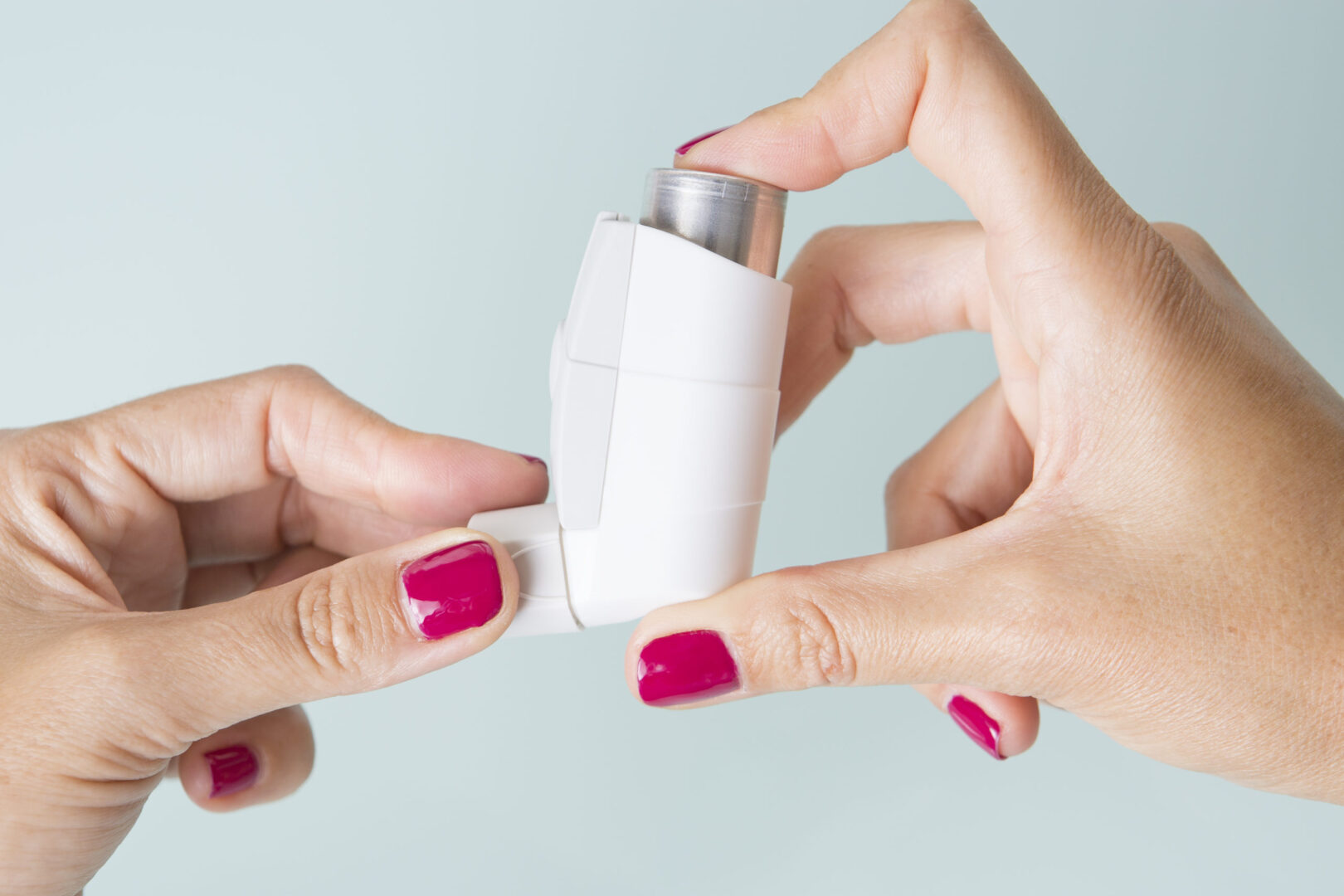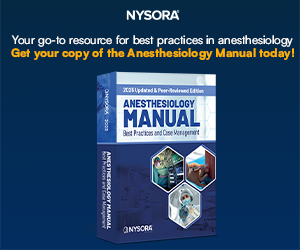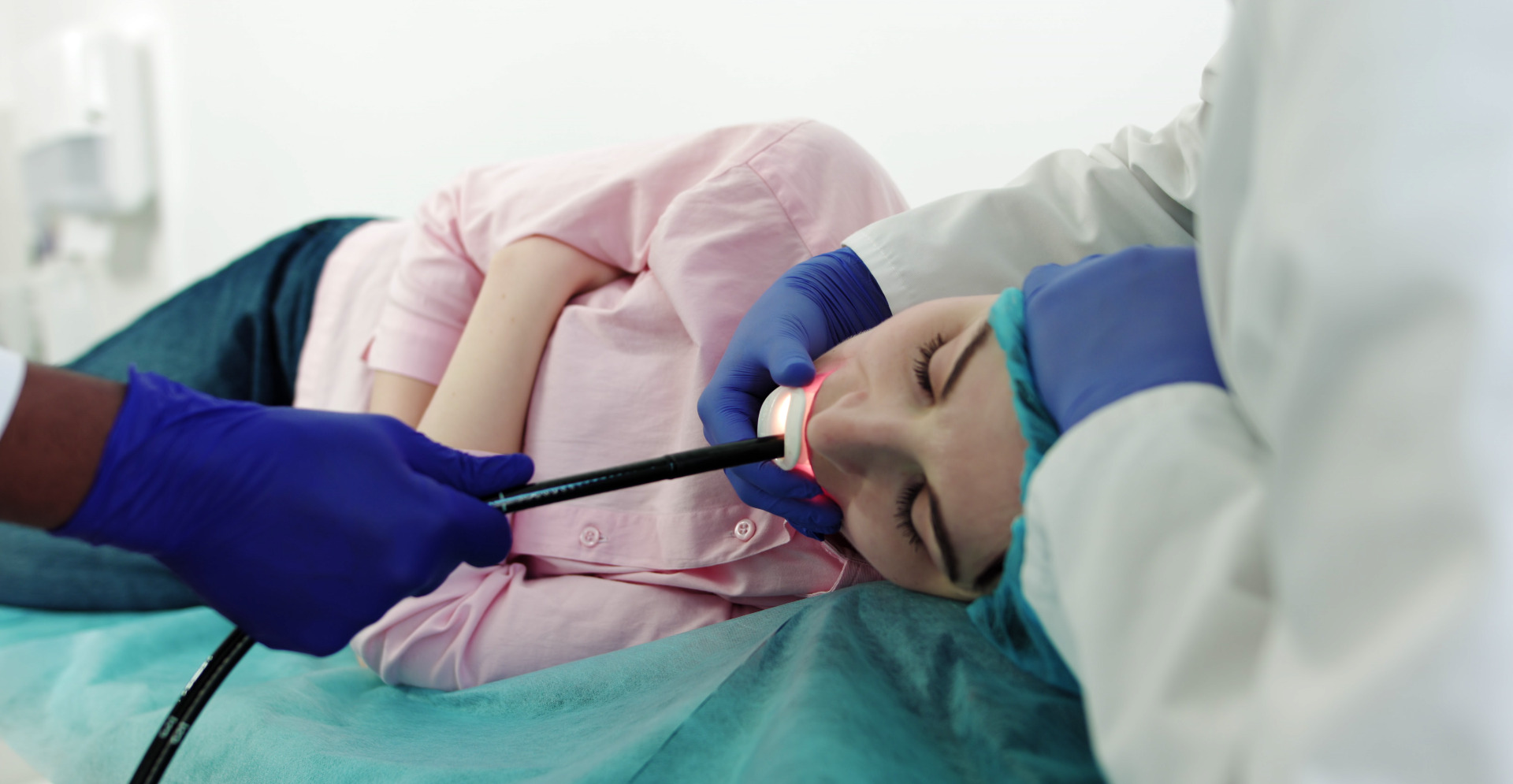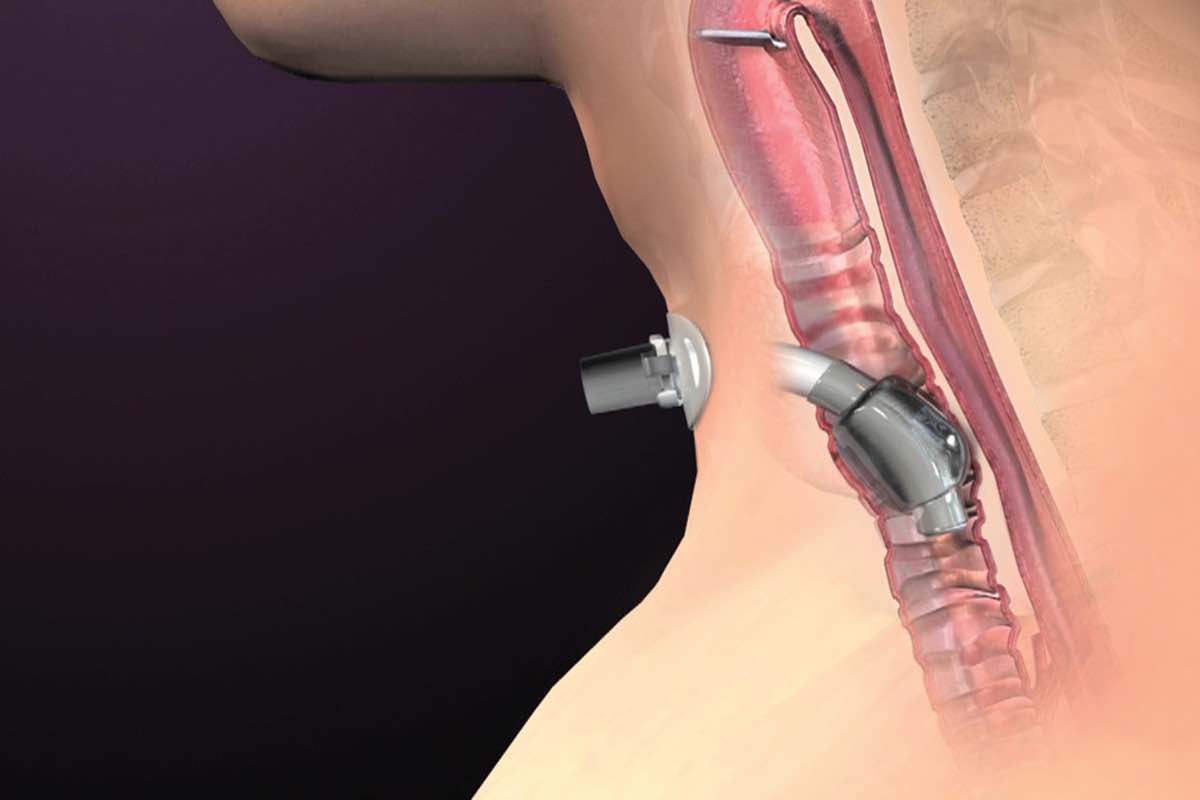Learning objectives
- Recognize the signs and symptoms of bronchospasm
- Manage and prevent bronchospasm
Definition and mechanism
- Bronchospasm or a bronchial spasm is a sudden constriction of the muscles in the walls of the bronchioles
- It is caused by the release (degranulation) of substances from mast cells or basophils under the influence of anaphylatoxins
Signs and symptoms
- Wheezing
- Prolonged expiration
- ↑ Peak inspiratory pressure
- ↓ Exhaled tidal volume
- ↓ Oxygen saturation
- A delayed rise in end-tidal CO2 on capnograph
- Hypotension
- Moderate tachycardia
- ↑ Resistance
- ↓ Lung compliance
Causes
- Bronchospasm is a reversible reflex spasm of the smooth muscle in the bronchi and is vagally mediated and is more common in asthmatics
- Histamine, released due to stimuli such as cold air, smoking, upper respiratory tract infection, or inhaled irritants, provokes bronchospasm
- Bronchospasm during the perioperative period may be caused by anaphylaxis, tracheal intubation, drugs (i.e., morphine or atracurium)
Management
Pre-operative management
- Supplemental oxygen
- Inhaled β2-agonists
- Intravenous steroids
Intra-operative management
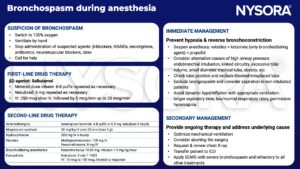
Prevention
- Perform a thorough assessment of the patient before surgery
- Careful medication history should be taken with particular reference to drug sensitivities
- Encourage the patient to stop smoking preoperatively
- Wheezing, cough increased sputum production, shortness of breath and diurnal variability in peak expiratory flow rate (PEFR) indicate poor control
- Recent or frequent exacerbations or admission to the hospital may be an indication to postpone non-essential surgery
Keep in mind
The risk of bronchospasm is reduced by:
- Pretreatment with an inhaled/nebulized beta-agonist, 30 minutes prior to surgery
- Induction of anesthesia with propofol
- An adequate depth of anesthesia before airway instrumentation
Suggested reading
- Pollard BJ, Kitchen, G. Handbook of Clinical Anaesthesia. Fourth Edition. CRC Press. 2018. 978-1-4987-6289-2.
- Vojdani S. Bronchospasm During Induction of Anesthesia: A Case Report and Literature Review. Galen Med J. 2018 May 19;7:e846.
- Pascale Dewachter, Claudie Mouton-Faivre, Charles W. Emala, Sadek Beloucif, Bruno Riou; Case Scenario: Bronchospasm during Anesthetic Induction. Anesthesiology 2011; 114:1200
- Westhorpe RN, Ludbrook GL, Helps SC. Crisis management during anaesthesia: bronchospasm. Qual Saf Health Care. 2005;14(3):e7.
We would love to hear from you. If you should detect any errors, email us at [email protected]
